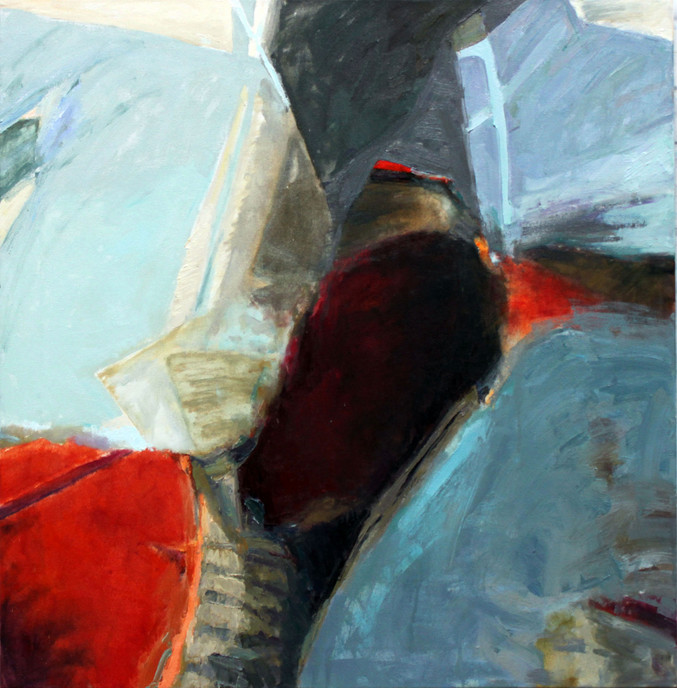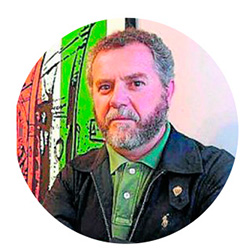Joaquín Martínez Cano


about Joaquín Martínez Cano
Noja (Cantabria), 1953
Joaquín Martínez Cano studied Fine Arts at the universities of Valencia and Madrid. Scholarship in 1982 by the Center for the Promotion of Plastic Arts. He was, since 1976 professor at the Faculty of Education of the University of Cantabria. He has done numerous individual exhibitions: Santander Fine Arts Museum, 1982 and 2007, Marcelino Botín Foundation 1986, Caja Cantabria Cultural Center 1999, Caja Cantabria Palace, Santillana del Mar 2010. Budapest (Duna Gallery 1992, Vigado Gallery 1992 ). Gainesville Georgia, USA (Roy C. Moore Gallery, 2008). London, United Kingdom (Instituto Cervantes, 2008). Odawara City-Kanawara, Japan (Sudoh Gallery 2011 next to the Spiral Gallery), 2014 and 2016 Spiral Gallery, 2018 City Hall of Comillas. He has work in collections and museums such as Reina Sofía National Art Center, Santander and Asturias Municipal Museum of Fine Arts, National Heritage of Spain, Prince Felipe Auditorium, Oviedo; Marcelino Botín Foundation, Valdecilla Hospital, Universities of Cantabria and Palma de Mallorca, Jesús de Monasterio Conservatory or SIANOJA Collection.
about the artist's works
The current work of Martínez Cano composed mainly of acrylics and oils of vigorous strokes, in principle of a flat and refined abstraction, is nevertheless inspired by coastal and marine elements, which draw and reveal images that only the artist's eye could capture. They are the last step of a solid trajectory that has been characterized by a continuous evolution and investigation embodied in successive styles and creative stages, initiated in the figuration. In the author's words, his latest works are memories of fishing days, rod and weather vane; undulating remains of the tide sailed adrift, bordering the coast to the beach. It is, therefore, a suggestive and fluid world. An abstract universe of forms, but starting from quite concrete materials and colourations. Transition movements occur with the tensions and rhythms that the pictorial materials themselves and their tools suggest but maintaining an inspired communion with marine natural elements.
